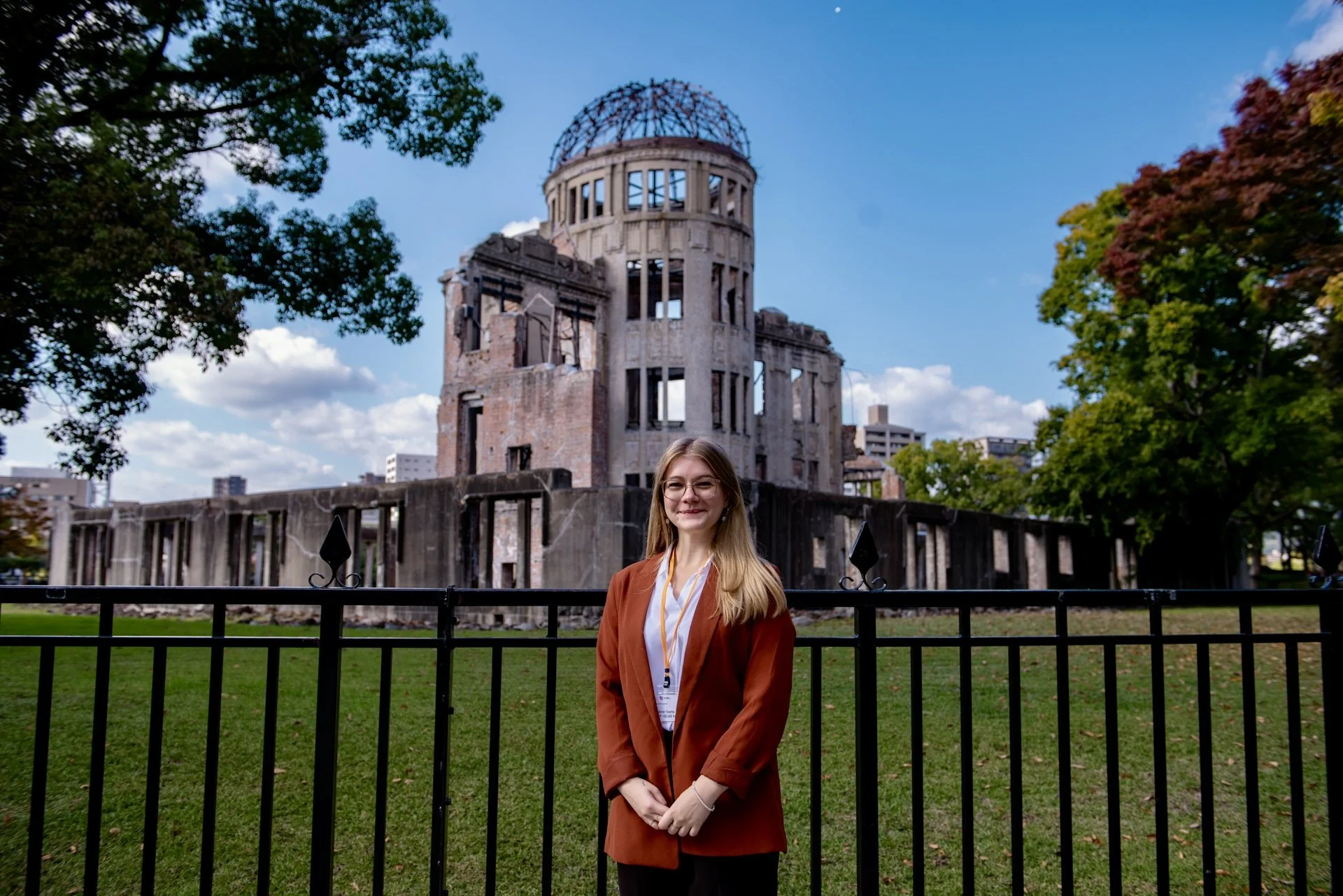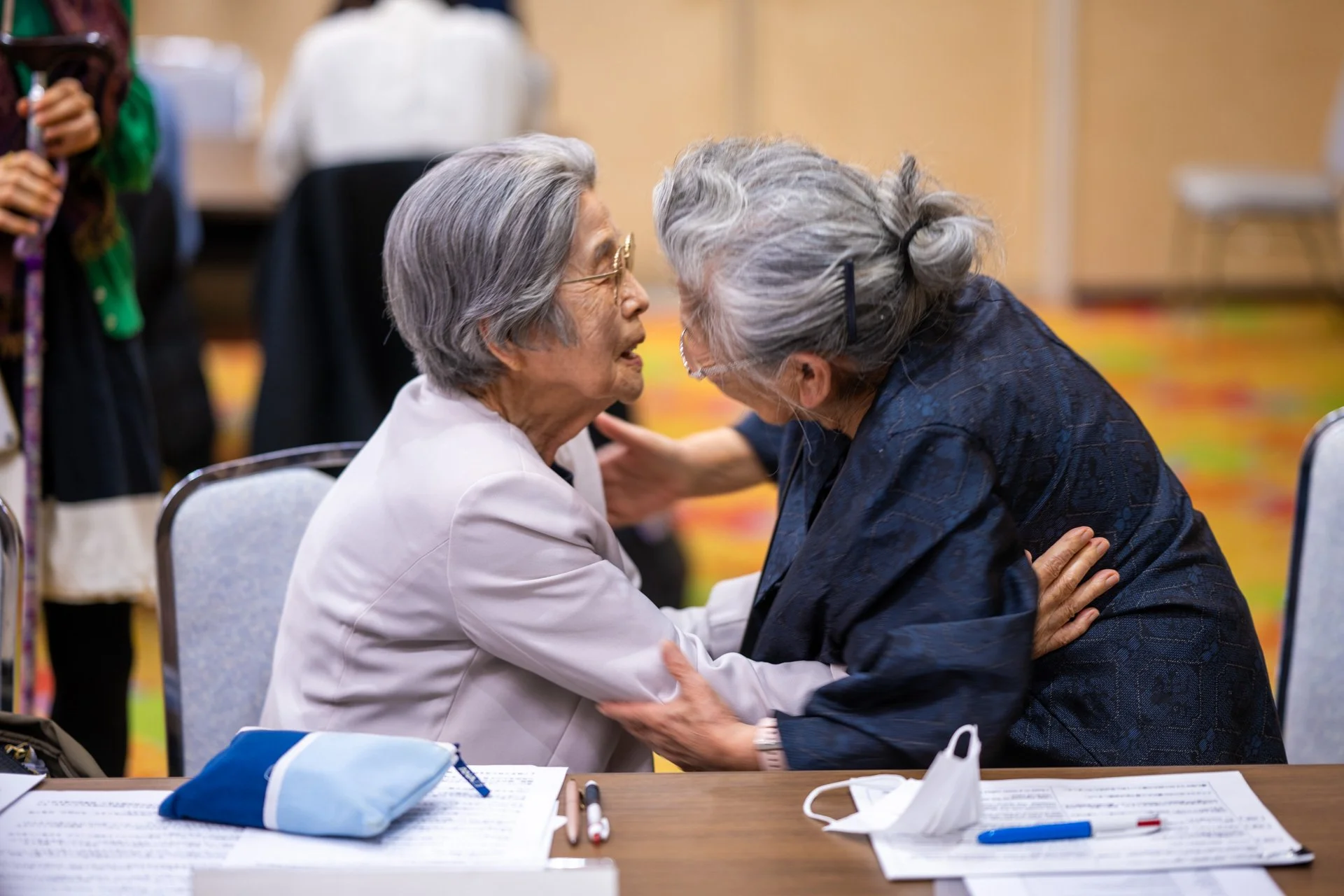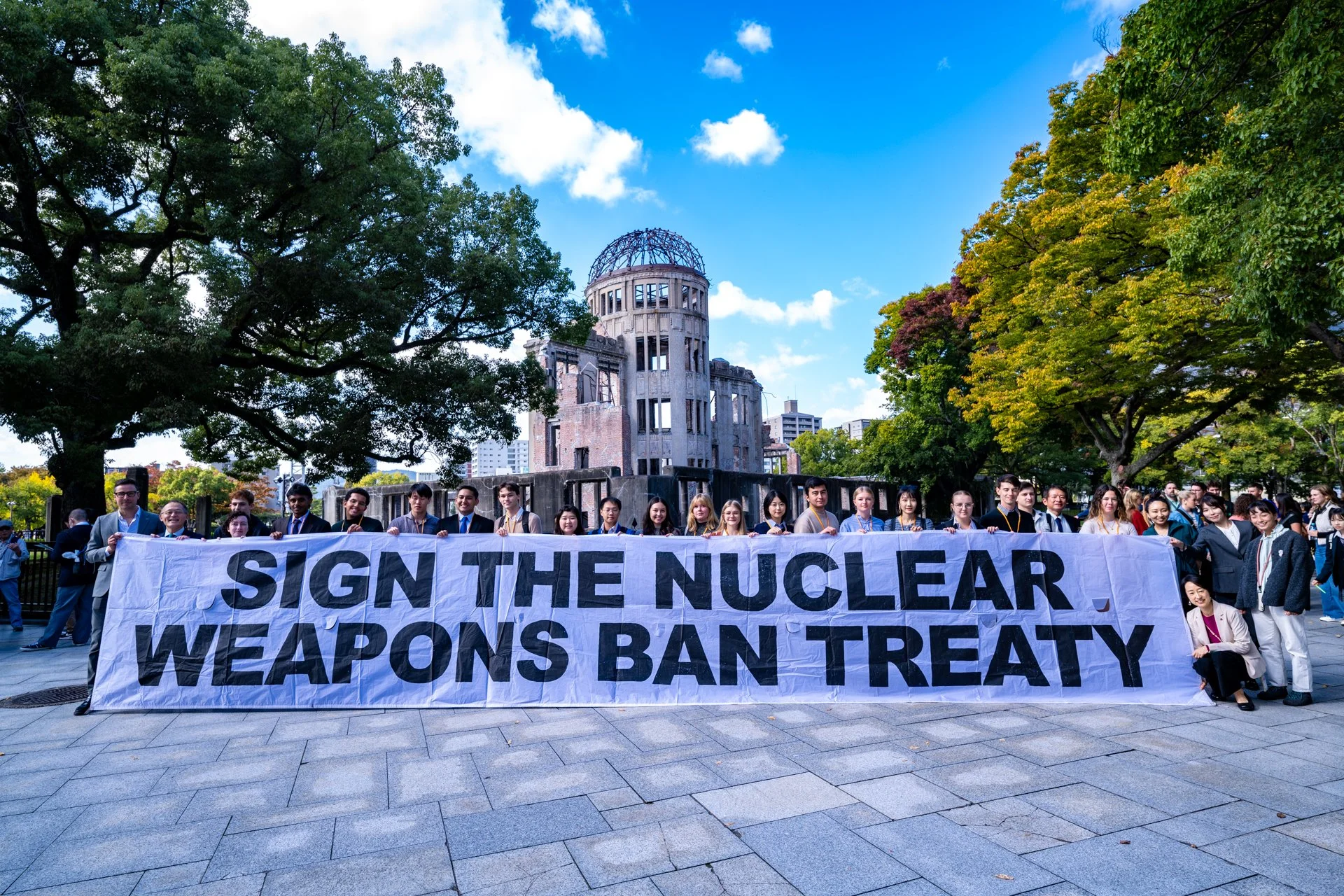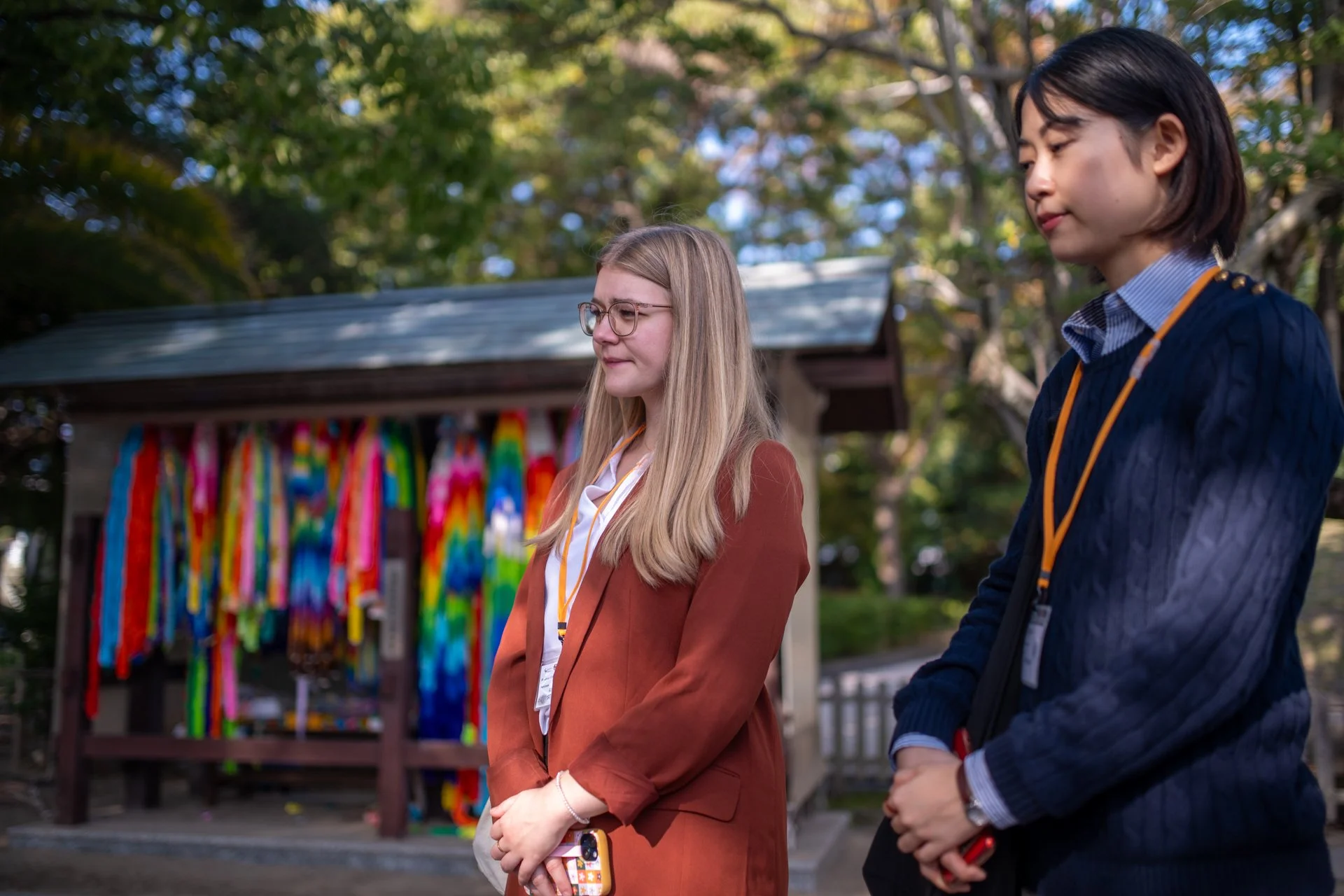Hiroshima-ICAN Academy on Nuclear Weapons and Global Security 2024
Final Essay
By: Anne-Sophie St-Gelais
Reflection on the Hiroshima-ICAN Academy and the Impacts of Nuclear Weapons
The Hiroshima-ICAN Academy has been a unique experience in understanding the devastating impacts of nuclear weapons and the importance of working towards their abolition. Through sessions, webinars, and discussions, we gained a comprehensive understanding of the global risks associated with nuclear weapons, framed through a human perspective, and explored the actions required for meaningful disarmament.
Human Impact of Nuclear Weapons
The testimonies of hibakusha (atomic bomb survivors) were particularly powerful in illustrating the profound human impact of nuclear weapons. These accounts not only highlighted the immediate destruction and long-term health and psychological challenges faced by survivors but also drew attention to pressing societal issues such as discrimination and oppression.
One significant takeaway from the Academy, reinforced by multiple speakers we had the opportunity to hear from, is the prevalence of discrimination within the context of nuclear issues. Many hibakusha, both foreign and Japanese, have only recently begun to share their stories, often after decades of hiding. The difficult relationship between survivors and the Atomic Bomb Casualty Commission (now the Radiation Effects Research Foundation) is only one example of the stigma and discrimination they endured, both from society and the government. Hearing hibakusha share their experience was a powerful testimony to the trauma that remains from the forced medical examinations, but also from the sickness — theirs and of their peers, that resulted from the radiation exposure.
“Many hibakusha (atomic bomb survivors), both foreign and Japanese, have only recently begun to share their stories, often after decades of hiding.”
Moreover, many foreign hibakusha in Hiroshima during the bombing were from nations under Japanese colonial rule, underscoring the deeply intertwined legacies of imperialism and war. These survivors faced dual discrimination—first as victims of the atomic bomb and later as individuals marginalized in a Japan reluctant to fully acknowledge its wartime aggression and responsibilities.
The disproportionate impacts on marginalized communities and the failure of nuclear states to address historic and ongoing injustices cannot be overlooked. Understanding and amplifying these underrepresented voices is essential to addressing both the historical injustices and the broader call to abolish nuclear weapons.
Youth Advocacy and Peace Education
Breaking silos between local and international actors and linking nuclear disarmament to broader issues such as climate justice and economic equity are critical steps toward achieving sustainable security for all. Yet, the Academy revealed a persistent lack of collaboration among local stakeholders and limited solidarity with the international community. It is disheartening that, even as the 80th anniversary of the Hiroshima and Nagasaki bombings approaches, these tragedies have not yet become the transformative catalysts for global disarmament they ought to be.
“It is disheartening that, even as the 80th anniversary of the Hiroshima and Nagasaki bombings approaches, these tragedies have not yet become the transformative catalysts for global disarmament they ought to be.”
By framing nuclear disarmament as interconnected with pressing global issues like climate change, poverty, and human rights, we can broaden the base of support and engage diverse stakeholders. In this context, the role of young people is invaluable. Promoting peace advocacy within the younger generation is crucial to ensuring a safer world. One key takeaway from the Academy was the importance of peace education, which equips youth with knowledge about nuclear weapons, radiation, and their far-reaching consequences on the world and their own lives.
One way to ensure that more youth receive peace education is to collaborate with local and grassroots organizations to host awareness sessions on the humanitarian and environmental impacts of nuclear weapons. Strengthening partnerships between local organizations and global movements is crucial to bridging the lack of information, fostering mutual support, and amplifying the voices of affected communities. Partnerships with schools, universities, and community groups provide an opportunity to integrate peace education into curricula, empowering young people to become advocates for a nuclear-free world. These partnerships can lay the groundwork for youth leadership and sustained advocacy efforts.
The Hiroshima-ICAN Academy has not only equipped me with invaluable knowledge and inspiration but has also connected me to a network of passionate young advocates for nuclear disarmament. By remaining engaged in these efforts and fostering collaborations, I am confident we can contribute meaningfully to creating a safer, more equitable, and nuclear-free world.







